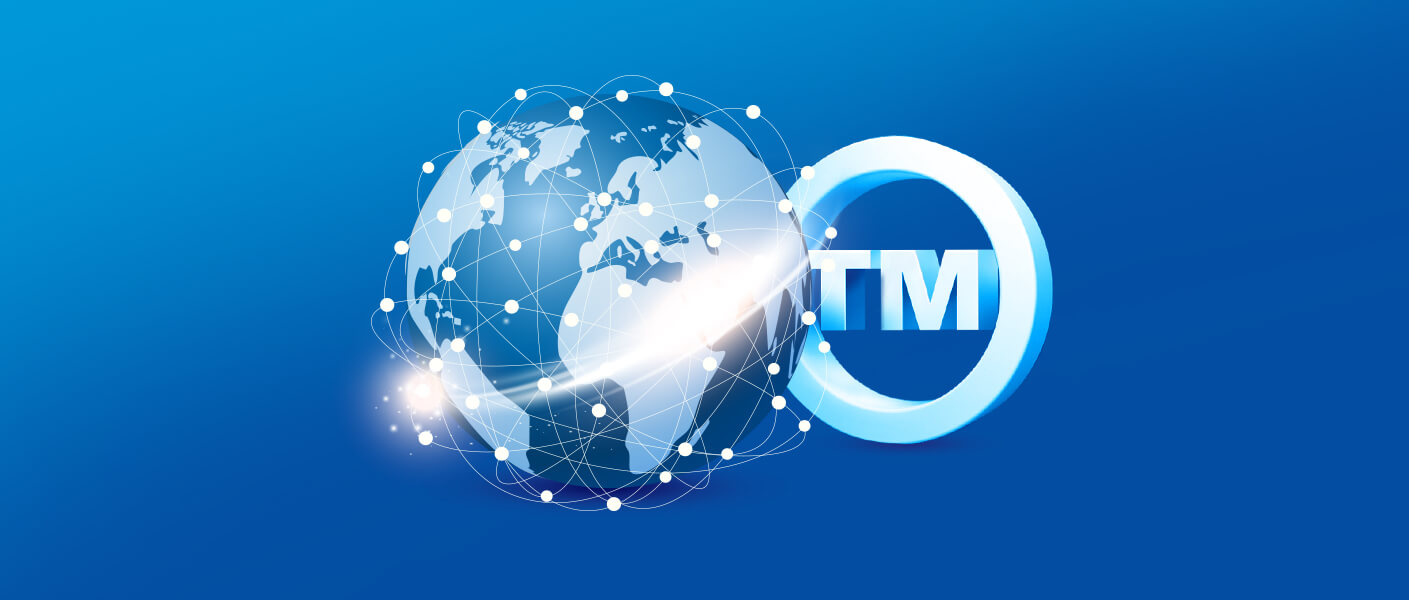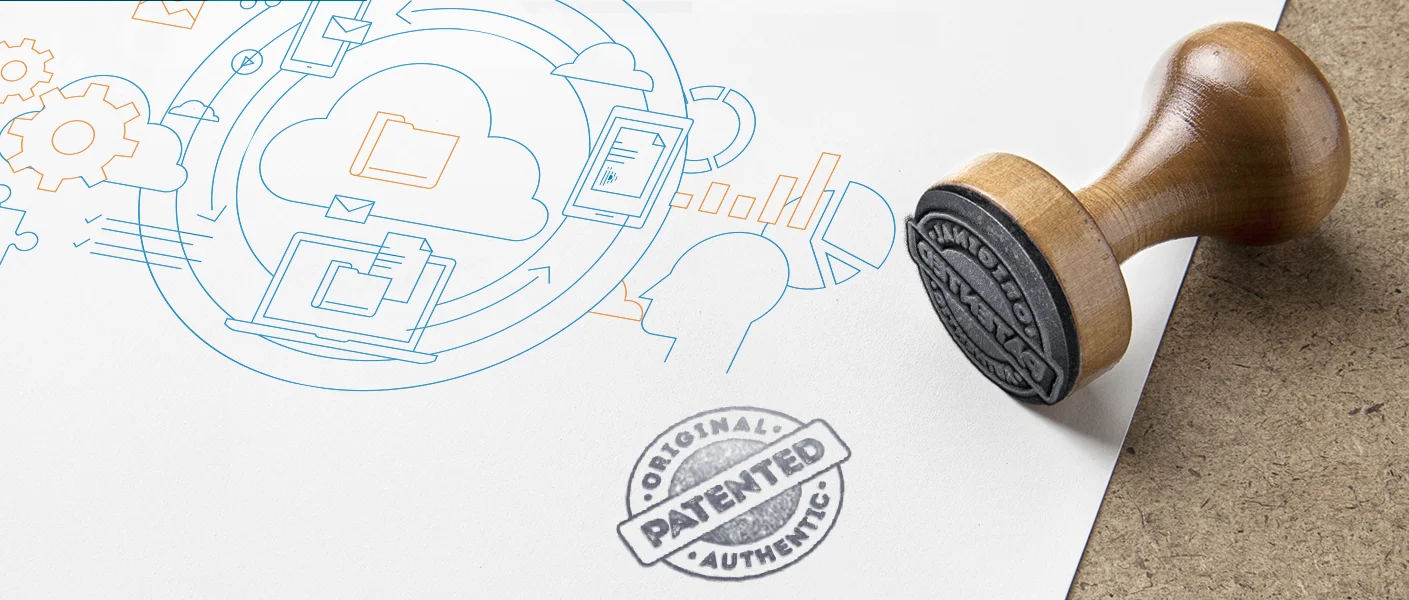Here’s How You Can Gain Trademark Protection In More Than 100 Countries
October 8, 2021 By Dinesh ParmarIn the current times, a brand is quite possibly the most important asset of any organisation. It defines the company’s offerings and lends the value of quality and customer loyalty. As a result, it is imperative to create a powerful brand that differentiates you from your competitors and then, protect this brand at all costs.
In effect, trademarks refer to the legal expression of a brand. They give your company the exclusive right to prevent third parties from using the signs that distinguish your brand in the course of trade. Managing your brand usually includes keeping track of the trademark usage, as well as renewing and enforcing your rights.
With the globalisation of the economy, more and more companies now operate in a network of different countries. Thus, the companies of today have to protect their brand across the globe. This becomes especially tricky if you want to acquire trademark rights in each of the export markets where you want to operate. Trademark rights are thought to be territorial in nature and valid only within the territory of a single country.
Introduction to the Madrid Protocol
The Madrid Protocol, along with the Madrid Agreement constitutes the Madrid System which provides a straightforward and cost-effective way to protect your brand in many countries. The treaty is administered by the International Bureau of the World Intellectual Property Organization (WIPO). It can be used to file for international registration of a trademark that has already been registered or applied for in your home country.
Constituent Members of the Madrid System
The Madrid System covers an area that consists of more than 80% of the world trade, with more than 100 constituent members.
Benefits of the Madrid System
The Madrid System has solved a host of tricky problems related to trademark registration.
The system provides a streamlined and time-saving alternative to multiple applications.
Through a single application and fees, the applicant can register and even renew their trademark across countries.
And any subsequent changes in the details of the owner, like the name or address, can be made simply by sending one document to the International Bureau.
Shortcomings of the System
The System, however, is not full-proof. Like every treaty, it is necessary to be aware of the loopholes in the process before you proceed.
The registration of trademark extends only to the countries which are a part of the Madrid System.
The international application is dependent on the basic application in your home country. Thus, if the basic application is changed, the international application will automatically change as well.
If the Indian basic trademark is cancelled within the first five years, the international one will also be cancelled. After this five year term, however, the international registration becomes independent.
Process Of Making An International Application
Before making an application for international registration, there are a few requirements to be kept in mind. Ensure that you or your organisation belongs to a country that is a party to the Agreement or the Protocol. Also, the Madrid system can be used to protect your trademark only in countries that are a part of the Madrid Union. You can only apply for international registration of a mark that has already been registered in your country of origin. In case you wish to apply for protection in countries that have ratified the Madrid Protocol, an application for registration in the home country might also suffice.
Once these steps are taken care of, you can file an international application to the WIPO International Bureau through the Office of origin. The application must contain a reproduction of the mark that is identical to the one in the original registration and a list of the goods and services for which you are seeking protection. You must also specify the members of the Madrid Union in which you are applying for protection of the mark.
The international registration thus obtained is effective for 10 years. It will enjoy the same protection in each country as it would if you had directly filed for trademark protection in that country. The registration can also be renewed for subsequent 10 year periods, by paying the required fees.
Similarly, people belonging to other countries that are a part of the Madrid Union can also apply for trademark protection in India, through their country’s trademark system.
A One-Stop Process For Global Trademarks
The Madrid System, thus, creates a convenient route to protect your brand in more than a hundred countries, through its cost-effective and user-friendly process. Through a single application in your home country, you can gain trademark protection in many strategic markets across the world. As an Indian entity, it is especially lucrative because most of India’s top trading partners are members of the Madrid Union. You can efficiently gain protection in major export destinations like the United States of America, China, United Kingdom, Singapore, Germany, Vietnam, Belgium, France, Netherlands, and Turkey.
Given its benefits, using the Madrid System is a must for any successful branding strategy today. It gives you a brand presence on a global platform and not only protects your trademark but also helps you gain brand awareness across countries. For the most part, it is a majorly effective way of ensuring success through powerful branding.





